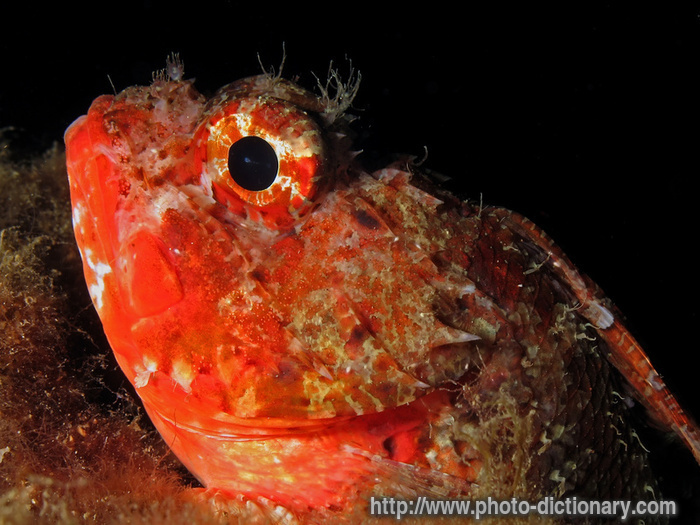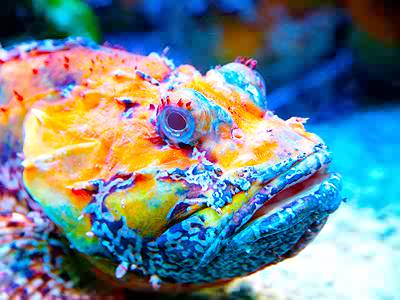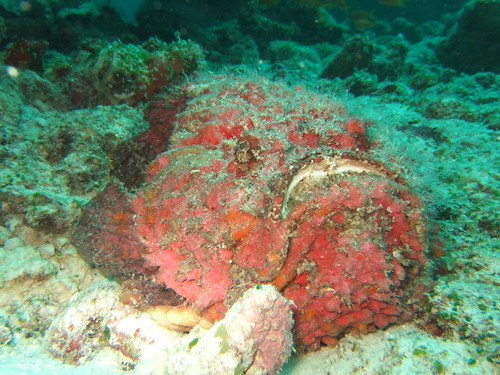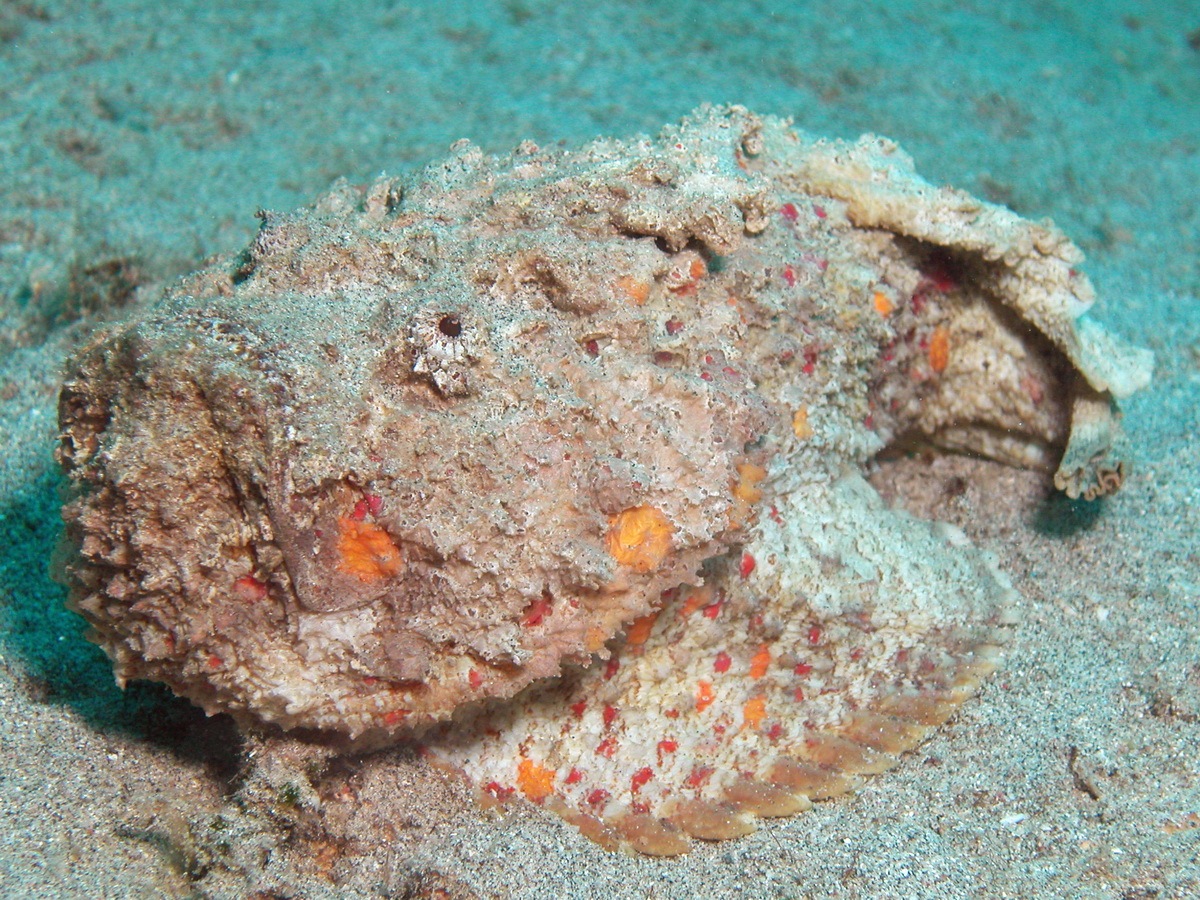Poison dart frog (also dart-poison frog, poison frog or formerly poison arrow frog) is the common name of a group of frogs in the family Dendrobatidae which are native to Central and South America. Unlike most frogs, these species are active during the day and often have brightly-colored bodies. Although all wild dendrobatids are at least somewhat toxic, levels of toxicity vary considerably from one species to the next and from one population to another. Many species are critically endangered. These amphibians are often called "dart frogs" due to the Amerindians' indigenous use of their toxic secretions to poison the tips of blowdarts. However, of over 175 species, only three have been documented as being used for this purpose (curare plants are more commonly used), and none come from the Dendrobates genus, which is characterized by the brilliant color and complex patterns of its members.
Poison dart frogs, members of the Dendrobatidae family, wear some of the most brilliant and beautiful colors on Earth. Depending on individual habitats, which extend from the tropical forests of Costa Rica to Brazil, their coloring can be yellow, gold, copper, red, green, blue, or black. Their elaborate designs and hues are deliberately ostentatious to ward off potential predators, a tactic called aposematic coloration.
Some species display unusual parenting habits, including carrying both eggs and tadpoles on their backs. Although this "backpacking" is not unique among amphibians, male poison arrow frogs are exceptional in their care, attending to the clutch, sometimes exclusively, and performing vital transportation duties.
Dendrobatids include some of the most toxic animals on Earth. The two-inch-long (five-centimeter-long) golden poison dart frog has enough venom to kill 10 grown men. Indigenous Emberá people of Colombia have used its powerful venom for centuries to tip their blowgun darts when hunting, hence the genus' common name.
Scientists are unsure of the source of poison dart frogs' toxicity, but it is possible they assimilate plant poisons which are carried by their prey, including ants, termites and beetles. Poison dart frogs raised in captivity and isolated from insects in their native habitat never develop venom.
The medical research community has been exploring possible medicinal uses for some poison dart frog venom. They have already developed a synthetic version of one compound that shows promise as a painkiller.
Fast Facts about Poison dart frog:
Type: Amphibian
Diet: Carnivore
Average life span in the wild: 3 to 15 years
Size: 1 in (2.5 cm)
Group name: Army
Protection status: Threatened
Did you know? The only natural predator of most of the poison dart frog family is a snake called Leimadophis epinephelus, which has developed a resistance to the frogs' poison.
Poison dart frog Pictures










 image credit: sneakermestupid.com
image credit: sneakermestupid.com image credit: moblog.whmsoft.net
image credit: moblog.whmsoft.net image credit: niketalk.yuku.com
image credit: niketalk.yuku.com image credit: akfiles.com
image credit: akfiles.com
 image credit: captjoe06, via Flickr
image credit: captjoe06, via Flickr The stonefish, on the other hand, is amazingly ugly. They are usually found in steamy waters in both the Pacific and
The stonefish, on the other hand, is amazingly ugly. They are usually found in steamy waters in both the Pacific and 









